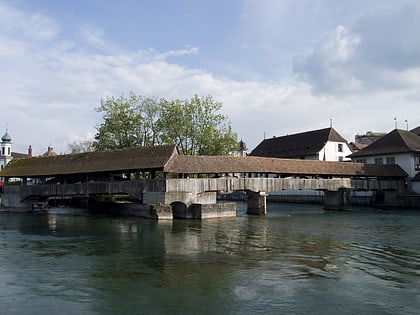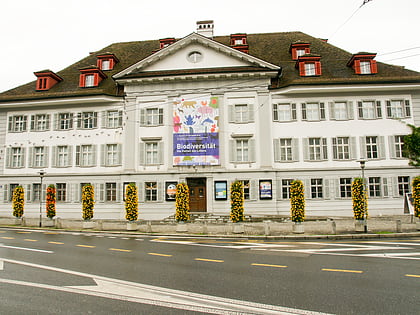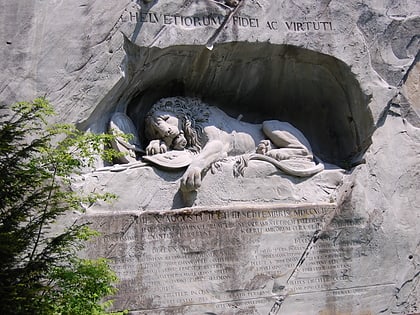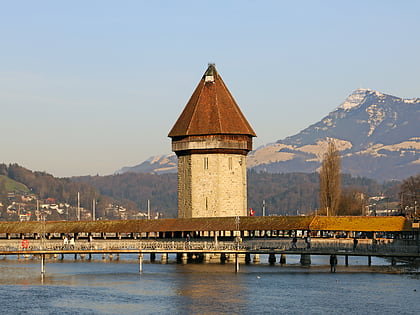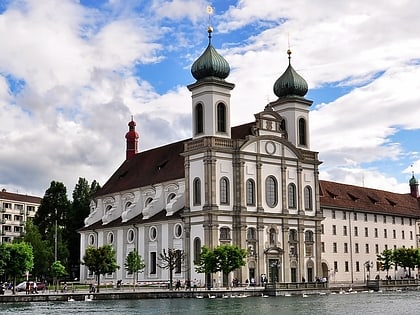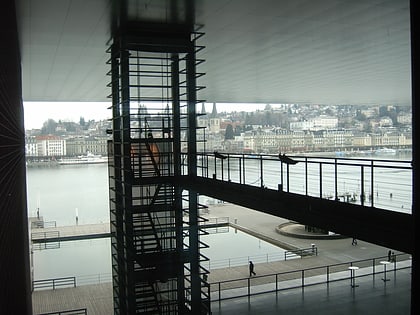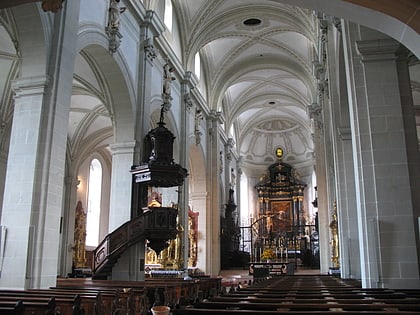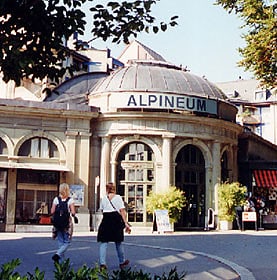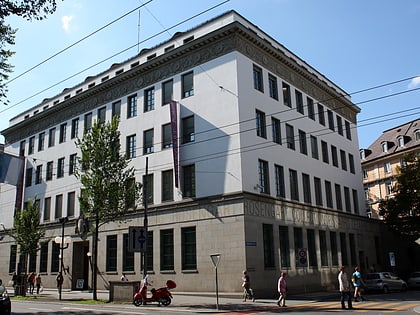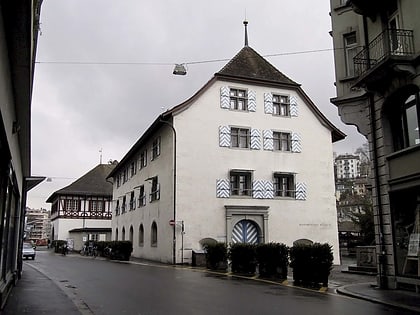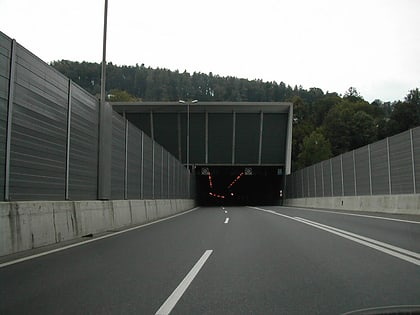Spreuer Bridge, Lucerne
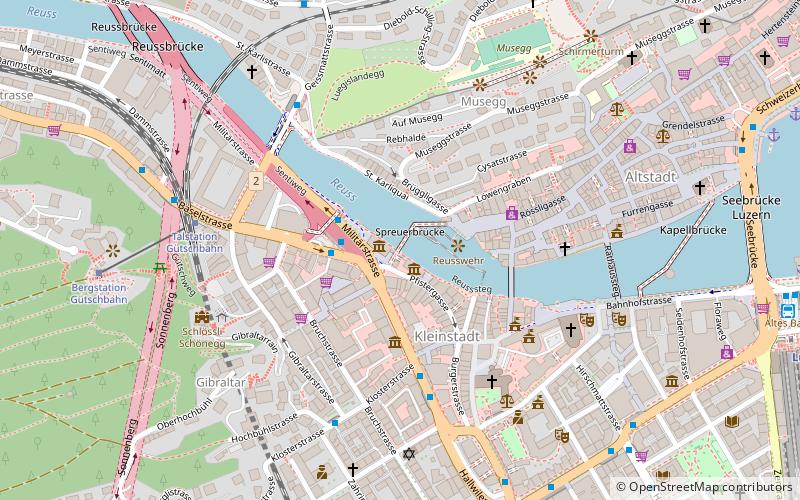
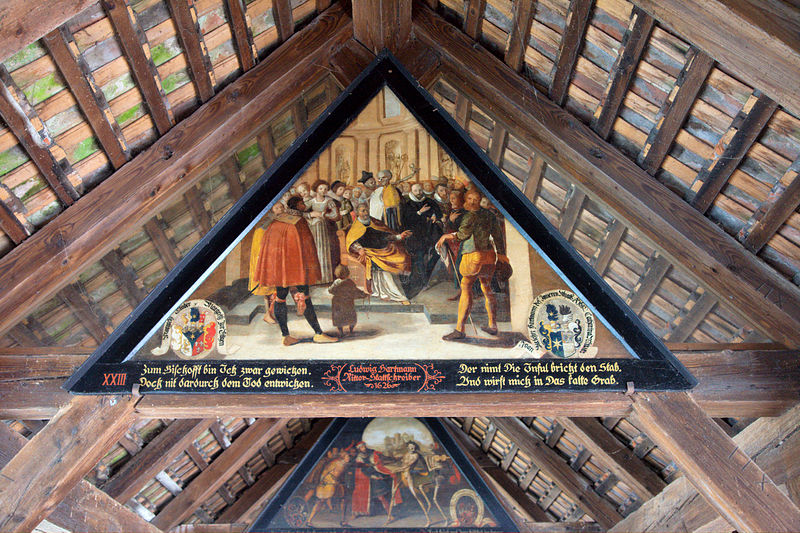
Facts and practical information
The Spreuer Bridge in Lucerne is not only a historical crossing but also a work of art that captivates both residents and tourists visiting this picturesque city in Switzerland. Built in the early 16th century, it is one of two preserved wooden bridge structures in Lucerne, with the other being the famous Kapellbrücke.
The Spreuer Bridge is distinctive for its series of paintings known as the "Totentanz," or "Dance of Death," which adorn the interior of its roof. This cycle, created by Kaspar Meglinger between 1626 and 1635, consists of 67 images depicting death leading people of various estates and professions in a dance, serving as a reminder of transience and the equality of all before death.
The Spreuer Bridge, also known as Mühlenbrücke (Mill Bridge), was once part of a larger complex, including a mill and a city gate. In the past, it served defensive and economic functions, allowing for the control of goods entering the city by water.
Today, the bridge is a popular sightseeing spot, offering not only an insight into Lucerne's rich history but also picturesque views of the Reuss River and the historic buildings that surround it. It is a place where one can slow down for a moment and appreciate the charms of the Swiss town.
Spreuer Bridge – popular in the area (distance from the attraction)
Nearby attractions include: Nature Museum, Lion Monument, Kapellbrücke, Jesuit Church.
Frequently Asked Questions (FAQ)
Which popular attractions are close to Spreuer Bridge?
How to get to Spreuer Bridge by public transport?
Bus
- Kasernenplatz • Lines: 12, 50, 52, 61, 72, 9, Pe (2 min walk)
- Hirzenhof • Lines: 10, 12, 9 (4 min walk)
Trolleybus
- Kasernenplatz • Lines: 2, 5 (2 min walk)
- Hirzenhof • Lines: 2, 5 (4 min walk)
Train
- Gütschbahn Talstation (6 min walk)
- Luzern, Château Gütsch (8 min walk)
Ferry
- Bahnhofquai Steg Nr.4 (14 min walk)
